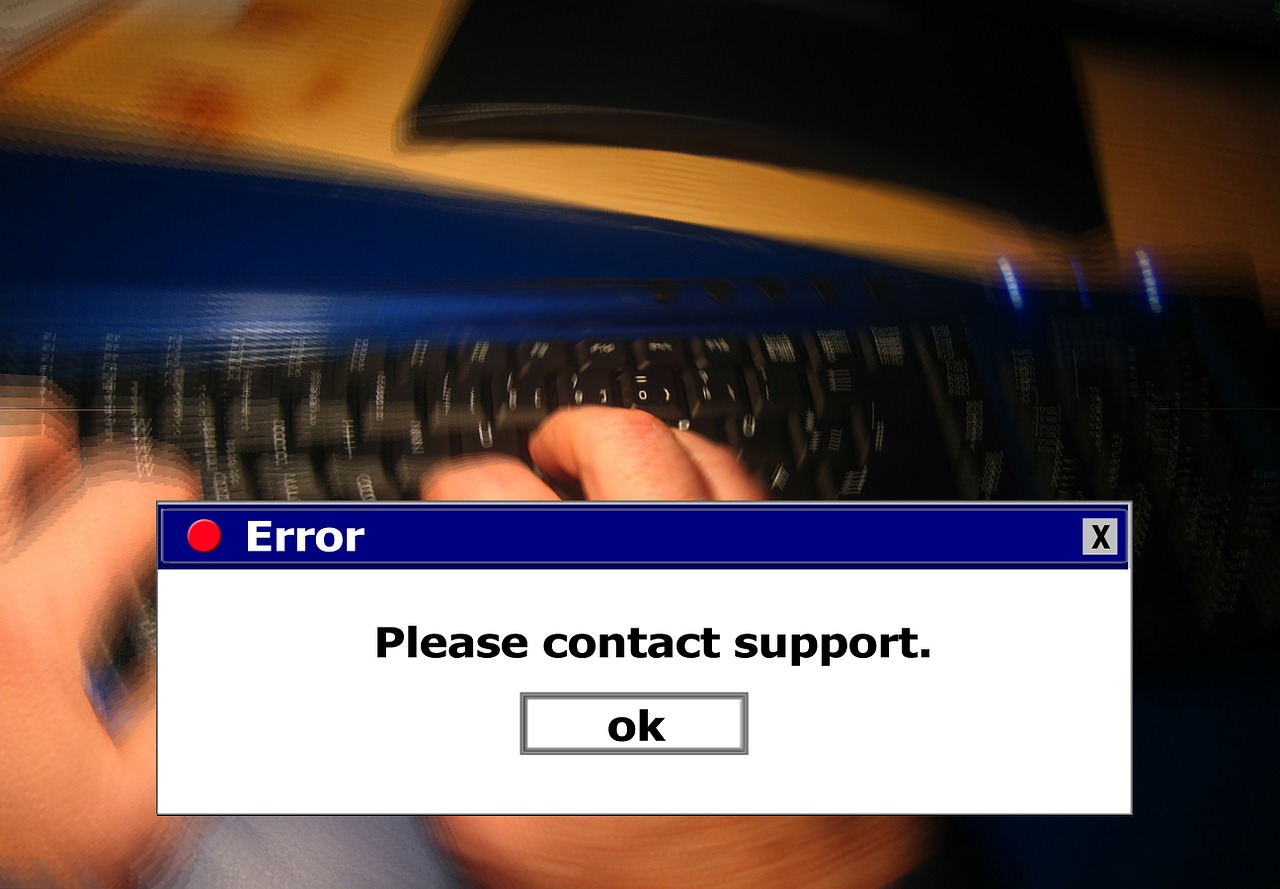In the world of technology, where cool inventions and progress happen, there’s also a downside – scams. Recently there have been area code 657 scams, which revolve around. While we get all the amazing gadgets and apps, some sneaky people use them to trick others. They send fake emails, and messages, create fake websites, and do all sorts of tricky things to steal information or money.
So, it’s like a game where we try to enjoy the good stuff in technology, but we also need to watch out for the bad things. Sometimes, when we use new things like online payments or digital money, we open up opportunities for bad people to try and cheat us. So, in this article, we will explain each and everything about area code 657 spam.
What is Area Code 657?
Area code 657 is a telephone area code within the North American Numbering Plan (NANP), which encompasses the United States, Canada, and other neighboring countries. In particular, area code 657 serves portions of Southern California. This area code was overlaid on the original 714 area code to ensure a sufficient number of available phone numbers for the growing population and increased telecommunications demand in the region. Cities and areas covered by area code 657 include parts of Orange County, including Anaheim and Santa Ana.
What Are Area Code 657 Scams?
Area code 657 scam is a text message, email, or call that starts with an area code 657. You would not be able to recognize that specific area code is a type of fraud in which scammers use telephone calls to deceive individuals for financial gain or to obtain sensitive information.
Impersonation Scams:
Scammers may pose as government officials, law enforcement officers, utility company representatives, or employees of well-known organizations. They might claim that the victim owes money, has legal issues, or needs to provide personal information to rectify a supposed problem.
Phishing Calls:
Area code 657 spam involves tricking individuals into providing sensitive information, such as credit card numbers, Social Security numbers, or passwords. Scammers may pretend to be from a bank, credit card company, or tech support and claim there is a problem that requires the victim’s immediate attention.
Prize or Lottery Scams:
Victims receive a call from 657 area code USA notifying them that they have won a prize or lottery. To claim the winnings, the scammer typically requests payment or personal information.
Tech Support Scams:
Scammers claim to be from a reputable tech support service, informing the victim that their computer has a virus or technical issue. They may request remote access to the computer or payment for unnecessary services.
It’s important to be cautious when receiving unsolicited calls with areacode 657 and to verify the identity of the caller, especially if they request sensitive information or payment. Legitimate organizations will not typically ask for personal information or payment over the phone without prior communication. If in doubt, it’s advisable to hang up and independently verify the caller’s identity through official channels.
What is 657 Area Code Text Message?
657 area code text message scam, also known as SMS scam or smishing (a combination of “SMS” and “phishing”), is a type of fraudulent activity where scammers use text messages to deceive individuals into providing sensitive information. Clicking on malicious links, or taking actions that can result in financial loss. Text message scams are a form of social engineering that relies on manipulating individuals through deceptive messages.
Text message scams, commonly known as smishing, involve fraudulent attempts to deceive individuals through 657 text messages. These deceptive messages often mimic legitimate communication from trusted entities such as banks, government agencies, or well-known companies. Scammers use various tactics, including claiming the recipient has won a prize, needs to verify account details, or has a security issue requiring immediate attention.
One prevalent form of smishing involves phishing texts that contain links leading to fake websites. These websites are designed to trick individuals into providing sensitive information, such as usernames, passwords, or financial details. Another tactic is impersonation, where scammers pretend to be friends or family members seeking urgent financial assistance.
Ways to Protect Yourself from Scammers
Protecting yourself from scammers involves a combination of awareness, caution, and proactive measures. Here are some tips to help safeguard against various types of scams:
Be Skeptical: Approach unsolicited emails, phone calls, or messages with skepticism. Scammers often use unexpected communication to catch you off guard.
Verify Identities: Before providing personal or financial information, verify the identity of the person or organization contacting you. Use official contact details obtained independently, not those provided in the suspicious message.
Use Strong Passwords: Create strong, unique passwords for your online accounts, and avoid using the same password across multiple platforms. Change passwords regularly.
Install Security Software: Use reputable antivirus and anti-malware software on your devices. Keep these programs updated to protect against the latest threats.
Update Software: Regularly update your operating system, antivirus software, and applications to patch vulnerabilities and improve security.
Enable Two-Factor Authentication (2FA): Enable 2FA whenever possible to add an extra layer of security to your online accounts.
Educate Yourself: Stay informed about common scams and fraud tactics. Awareness is a powerful tool in recognizing and avoiding potential threats.
Check URLs: Before clicking on links in emails or messages, hover over them to preview the URL. Ensure the website is legitimate and uses “https” for secure connections.
Avoid Public Wi-Fi for Sensitive Transactions: Avoid conducting sensitive transactions, such as online banking or shopping with credit cards, over public Wi-Fi networks.
Monitor Your Accounts: Regularly review your bank statements, credit reports, and other financial accounts for any unauthorized or suspicious activity.
Don’t Share Personal Information: Be cautious about sharing personal information, especially Social Security numbers, credit card details, or passwords, unless necessary and through secure channels.
Report Suspicious Activity: If you encounter a scam or suspicious activity, report it to relevant authorities, such as the Federal Trade Commission (FTC) in the United States.
Educate Others: Share information about scams with friends and family. A well-informed community is less likely to fall victim to scams.
Remember, scammers continually evolve their tactics, so staying informed and adopting a proactive approach to online safety is essential in protecting yourself and your personal information.
FAQs
What is 657 Area Code?
657 is a telephone code that scammers are using to scam people nowadays.
Which Area Code is 657?
This area code belongs to North America.
How to Protect Yourself from 657 Area Code Scams?
Simply ignore the calls or text messages coming following that code.
Conclusion:
Area code 657 scam is simply a telephone number that scammers are using to make people fool. So, you need to learn the tricks and tactics to protect yourself from these scammers. Here in the article, we have explained all the best ways that can assist you in protecting your private information. Therefore, 657 area code text message issue can be easily resolved by following some easy steps.



